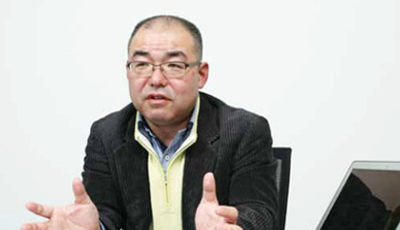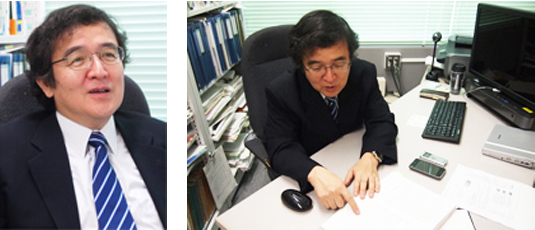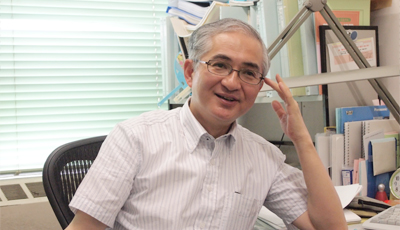The Department of Resources and Environmental Engineering conducts education and research regarding topics ranging from the exploitation of resources to their use, recycling, disposal, and environmental problems resulting from the above activities. The Department of Resources and Environmental Engineering is one of the few places where one can study such a wide range of topics encompassing both the environment and resources.
In seeking to optimize resource recycling, the Owada Laboratory takes a technological approach to advanced component separation. Broadly speaking, separation technologies can be divided into two categories: physical separation, and chemical or high-temperature separation. Physical separation processes lack a strong theoretical background and present many unsolved problems. Resolving such problems is the main theme of this laboratory’s research.
At the lab, we refer to waste as “artificial resources.” This is because there is a need for society to reduce waste disposal by recycling more waste as artificial resources.
Waste processing processes can be roughly categorized as dismantling, comminution, sorting, smelting and refining. The problem with comminution is that it lacks precision, so the products are often contaminated with impurities and the recovery rate of valuable material is considerably low. A more advanced technology is required.
Let me give some examples of some of the cutting edge research we are conducting. “Smart comminution” and “Smart sorting” are new technology frameworks for comminution and sorting. This new cutting-edge technology makes it possible to comminute and sort materials with greater precision. Here’s how it works.
When comminuting and sorting waste, efficiency could be greatly increased if it were possible to first extract reusable items, since this would greatly improve the rates of reutilization and/or material reuse. For example, a computer is made up of all sorts of assemblies, such as keyboards, monitors, circuit boards and so on. If those assemblies could be broken up into their separate parts, they could be reused in their existing form.
The process of breaking the individual parts of such an item into separate components is called “liberation.” And the process which makes full use of the latest technology to liberate such components is called “smart comminution.”






